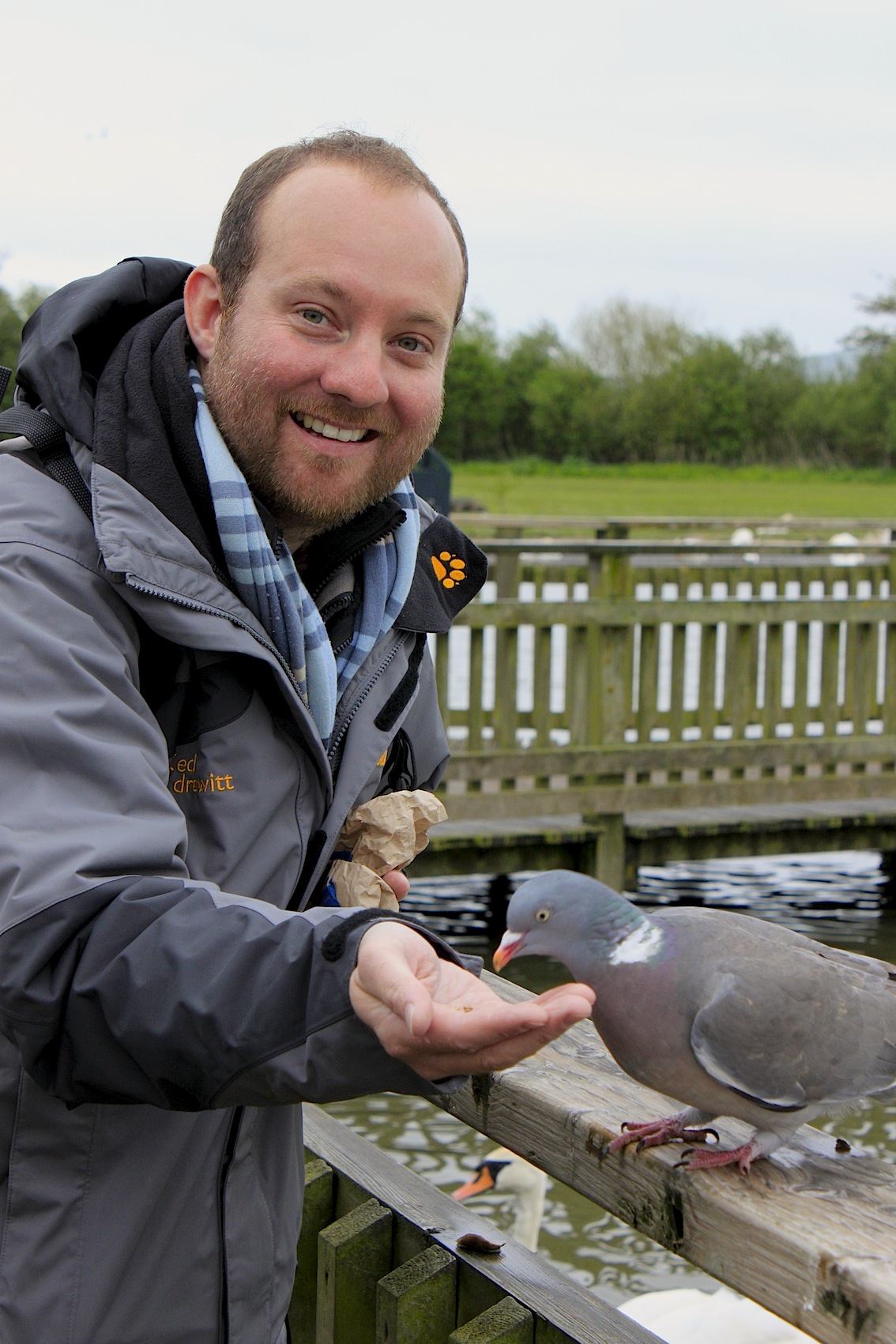
Urban peregrines produced more fledglings and had a higher overall nesting success (i.e. Prey density, biomass and diversity around the individual nests was estimated using modelled estimates from a national bird census. Historical breeding data were collected from raptor study groups across Great Britain between 20, from 22 urban and 58 rural nest sites, involving 101 and 326 nesting attempts, respectively. Here, we compare the breeding performance of an apex predator, the peregrine falcon ( Falco peregrinus), in urban and rural environments, and test whether variation in reproductive success between and within environments is driven by prey. Despite the growing realisation that urban centres can be important habitats for wildlife, why some species do better than others in urban environments remains poorly understood.


Urban environments present wildlife with major challenges and yet surprising numbers of species have colonised towns and cities globally.


 0 kommentar(er)
0 kommentar(er)
